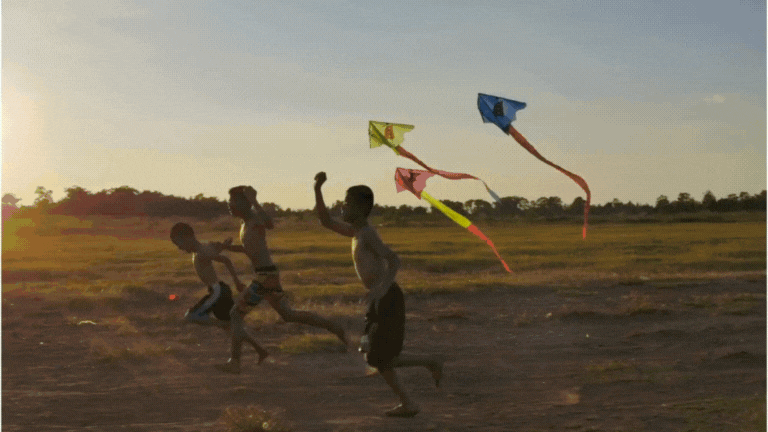“Intelligence is nothing but the consequence of an experience” (Piaget). That’s what experiential learning is called. It’s not a trend or a whim of schools attended by the children of the rich. It’s a branch of studies that is dictating how we will learn and how perhaps we have never truly stopped learning. How many times have we read or heard, “The child doesn’t do what you say, he does what you do,” any parent or teacher can confirm this. This is because the child learns through simulation and experience. His way of being and knowing the world is the body. The child acts concretely with actions and senses on the objects of reality, and from this, meanings arise and are structured into schemes and finally into concepts. Does it ring a bell? There is already a place where you act immediately and experience the feedback from the world-system. In this place, no one sits down to explain what to do and what not to do. You learn through experience; if it goes wrong, you die, and you start over. The process of experiential learning is an essential part of every video game. The famous “learning curve,” i.e., the learning curve designed to allow the player to learn without causing anxiety due to too many stimuli and, vice versa, without boring him due to the lack of stimuli and actions to perform.
Indeed, scholars tell us that to structure an “experiential” lesson, one should not start from the solution but from the problem. And the child-learner is asked to find solutions. The solution is always linked to action, and action is the center of gameplay. They represent the tool that the player has to explore, know that world, and solve those problems. And adults, are they so different? Not at all. According to Andragogy (which would be “The science to help adults learn”), an adult learns only if he ‘needs’ to and if it ‘is useful’ to him because it is difficult for him to leave his ‘Comfort Zone.’ Experiential Training focuses on what we can learn in the Here and Now, in order to solve a problem that I have NOW.
What was said for video games can also be used for adults (given that the average age of gamers is around 30 years old), but, in addition, any business simulation or lateral learning process – like the famous Lego Serious Play – starts from a problem and provides the tools to reach the solution through the actions that the system allows. They too are experiences. For this reason, we believe that game-based learning is the best methodology to activate an effective learning process. In fact, no one has ever stopped learning like this, since childhood, and we are confident that these tools are effective and work given the very high appreciation rate, the very low dropout rate of the experience that every game-based learning experience around the world achieves.
Of course, we don’t want to trivialize such a complex concept as game-based learning. Each experience is a case in itself, depending on how it was designed, presented, consumed, and reported. There are really many factors to consider. Game-based learning is NOT a magic wand that will make your employees learn everything you want, and it is, least of all, a way to make your employees do what you want. None of that. Those who propose and design the learning experience must do their homework as always. Choose the type of experience and engage the components wisely. There are learning experiences based on competition, others on collaboration, other learning experiences can be based on a storyline or on the concept of story-doing, others still can dispense badges and rewards, and I could go on indefinitely. What is certain is that experiential learning represents the scientific basis that validates every game-based learning experience you will find around. It is worth taking a look and stepping out of your comfort zone to learn something new, even in this sector.
Salvatore Mica

